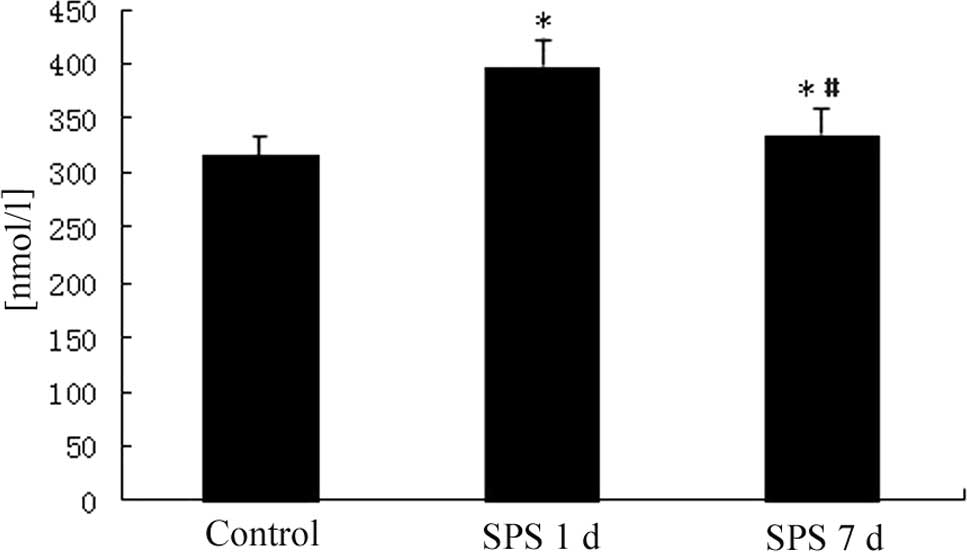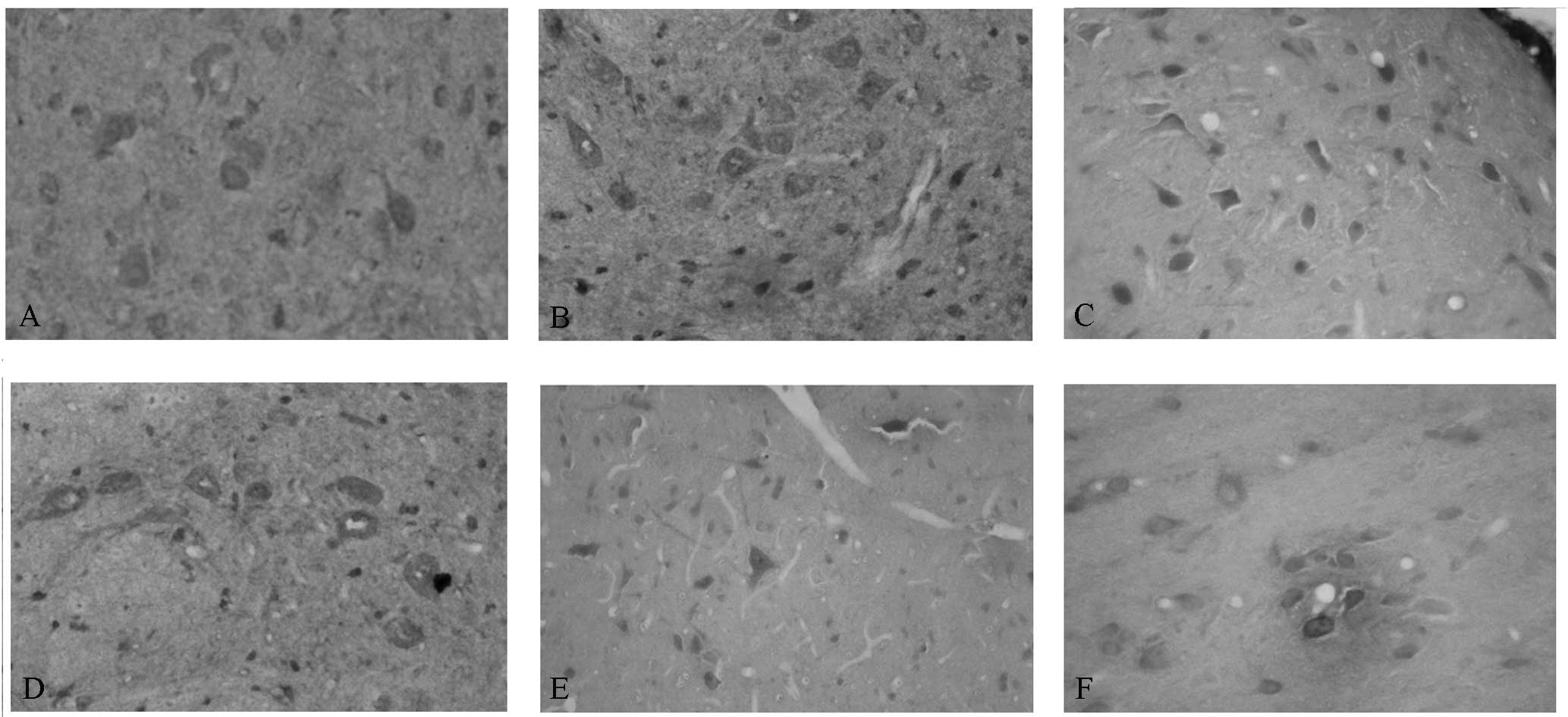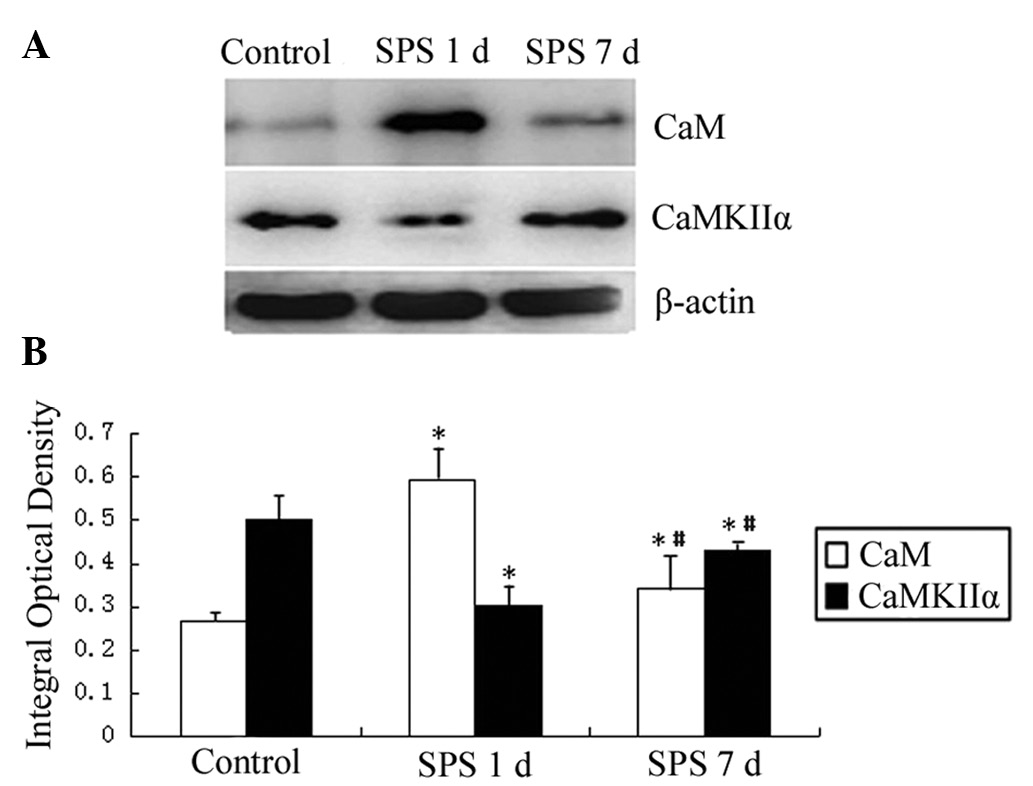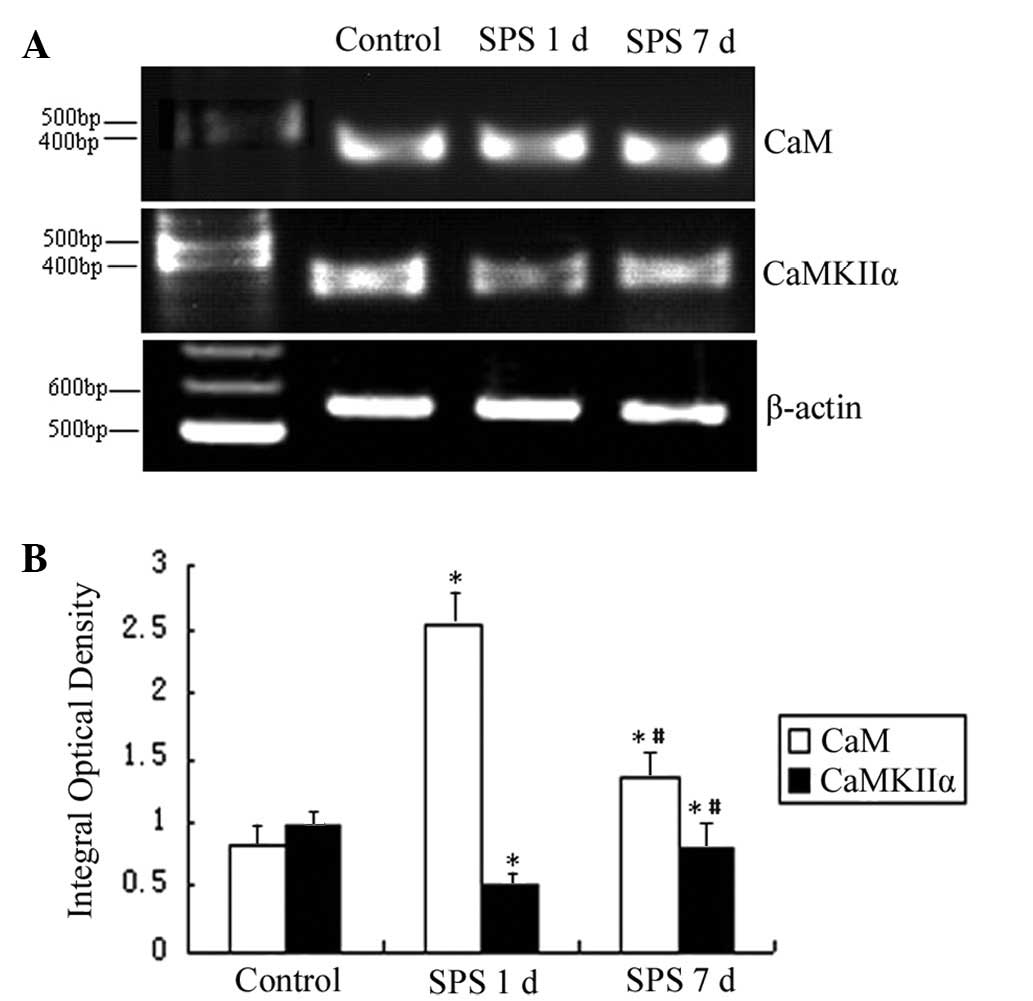|
1
|
Liberzon I and Martis B: Neuroimaging
studies of emotional responses in PTSD. Ann NY Acad Sci.
1071:87–109. 2006. View Article : Google Scholar : PubMed/NCBI
|
|
2
|
Shin LM, Wright CI, Cannistraro PA, Wedig
MM, McMullin K, Martis B, Macklin ML, Lasko NB, Cavanagh SR,
Krangel TS, et al: A functional magnetic resonance imaging study of
amygdala and medial prefrontal cortex responses to overtly
presented fearful faces in posttraumatic stress disorder. Arch Gen
Psychiatry. 62:273–281. 2005. View Article : Google Scholar
|
|
3
|
Liberzon I, King AP, Britton JC, Phan KL,
Abelson JL and Taylor SF: Paralimbic and medial prefrontal cortical
involvement in neuroendocrine responses to traumatic stimuli. Am J
Psychiatry. 164:1250–1258. 2007. View Article : Google Scholar : PubMed/NCBI
|
|
4
|
Eckart C, Stoppel C, Kaufmann J,
Tempelmann C, Hinrichs H, Elbert T, Heinze HJ and Kolassa IT:
Structural alterations in lateral prefrontal, parietal and
posterior midline regions of men with chronic posttraumatic stress
disorder. J Psychiatry Neurosci. 36:176–186. 2011. View Article : Google Scholar
|
|
5
|
Shin LM, Rauch SL and Pitman RK: Amygdala,
medial prefrontal cortex, and hippocampal function in PTSD. Ann NY
Acad Sci. 1071:67–79. 2006. View Article : Google Scholar : PubMed/NCBI
|
|
6
|
Hughes KC and Shin LM: Functional
neuroimaging studies of post-traumatic stress disorder. Expert Rev
Neurother. 11:275–285. 2011. View Article : Google Scholar : PubMed/NCBI
|
|
7
|
Koenigs M and Grafman J: Posttraumatic
stress disorder: the role of medial prefrontal cortex and amygdala.
Neuroscientist. 15:540–548. 2009. View Article : Google Scholar : PubMed/NCBI
|
|
8
|
Adou E, Miller JS, Ratovoson F, Birkinshaw
C, Andriantsiferana R, Rasamison VE and Kingston DG:
Antiproliferative cardenolides from Pentopetia androsaemifolia
Decne from the Madagascar rain forest. Indian J Exp Biol.
48:248–257. 2010.
|
|
9
|
Weinberg MS, Johnson DC, Bhatt AP and
Spencer RL: Medial prefrontal cortex activity can disrupt the
expression of stress response habituation. Neuroscience.
168:744–756. 2010. View Article : Google Scholar : PubMed/NCBI
|
|
10
|
Chang CH, Berke JD and Maren S:
Single-unit activity in the medial prefrontal cortex during
immediate and delayed extinction of fear in rats. PLoS One.
5:e119712010. View Article : Google Scholar : PubMed/NCBI
|
|
11
|
St Jacques PL, Botzung A, Miles A and
Rubin DC: Functional neuroimaging of emotionally intense
autobiographical memories in post-traumatic stress disorder. J
Psychiatr Res. 45:630–637. 2011.PubMed/NCBI
|
|
12
|
King AP, Abelson JL, Britton JC, Phan KL,
Taylor SF and Liberzon I: Medial prefrontal cortex and right insula
activity predict plasma ACTH response to trauma recall. Neuroimage.
47:872–880. 2009. View Article : Google Scholar : PubMed/NCBI
|
|
13
|
Shaw ME, Moores KA, Clark RC, McFarlane
AC, Strother SC, Bryant RA, Brown GC and Taylor JD: Functional
connectivity reveals inefficient working memory systems in
post-traumatic stress disorder. Psychiatry Res. 172:235–241. 2009.
View Article : Google Scholar : PubMed/NCBI
|
|
14
|
Sailer U, Robinson S, Fischmeister FP,
König D, Oppenauer C, Lueger-Schuster B, Moser E, Kryspin-Exner I
and Bauer H: Altered reward processing in the nucleus accumbens and
medial prefrontal cortex of patients with posttraumatic stress
disorder. Neuropsychologia. 46:2836–2844. 2008. View Article : Google Scholar : PubMed/NCBI
|
|
15
|
Geuze E, Westenberg HG, Heinecke A, de
Kloet CS, Goebel R and Vermetten E: Thinner prefrontal cortex in
veterans with posttraumatic stress disorder. Neuroimage.
41:675–681. 2008. View Article : Google Scholar : PubMed/NCBI
|
|
16
|
Bremner JD, Elzinga B, Schmahl C and
Vermetten E: Structural and functional plasticity of the human
brain in posttraumatic stress disorder. Prog Brain Res.
167:171–186. 2008. View Article : Google Scholar : PubMed/NCBI
|
|
17
|
Paxinos G and Watson C: The Rat Brain in
Stereotaxic Coordinates. 4th edition. Academic Press; San Diego,
CA: 1998
|
|
18
|
Liberzon I and Sripada CS: The functional
neuroanatomy of PTSD: a critical review. Prog Brain Res.
167:151–169. 2008. View Article : Google Scholar : PubMed/NCBI
|
|
19
|
Xiao B, Han F and Shi YX: Dysfunction of
Ca2+/CaM kinase IIalpha cascades in the amygdala in
post-traumatic stress disorder. Int J Mol Med. 24:795–799.
2009.
|
|
20
|
Williams LM, Kemp AH, Felmingham K, Barton
M, Olivieri G, Peduto A, Gordon E and Bryant RA: Trauma modulates
amygdala and medial prefrontal responses to consciously attended
fear. Neuroimage. 29:347–357. 2006. View Article : Google Scholar : PubMed/NCBI
|
|
21
|
Hull AM: Neuroimaging findings in
post-traumatic stress disorder. Systematic review. Br J Psychiatry.
181:102–110. 2002.PubMed/NCBI
|
|
22
|
Rauch SL, Shin LM and Phelps EA:
Neurocircuitry models of posttraumatic stress disorder and
extinction: human neuroimaging research-past, present, and future.
Biol Psychiatry. 60:376–382. 2006. View Article : Google Scholar : PubMed/NCBI
|
|
23
|
Corbo V, Clément MH, Armony JL, Pruessner
JC and Brunet A: Size versus shape differences: contrasting
voxel-based and volumetric analyses of the anterior cingulate
cortex in individuals with acute posttraumatic stress disorder.
Biol Psychiatry. 58:119–124. 2005.
|
|
24
|
Anderson MC and Green C: Suppressing
unwanted memories by executive control. Nature. 410:366–369. 2001.
View Article : Google Scholar : PubMed/NCBI
|
|
25
|
Cabeza R, Ciaramelli E, Olson IR and
Moscovitch M: The parietal cortex and episodic memory: an
attentional account. Nat Rev Neurosci. 9:613–625. 2008. View Article : Google Scholar : PubMed/NCBI
|
|
26
|
Cardinal RN, Parkinson JA, Hall J and
Everitt BJ: Emotion and motivation: the role of the amygdala,
ventral striatum, and prefrontal cortex. Neurosci Biobehav Rev.
26:321–352. 2002. View Article : Google Scholar : PubMed/NCBI
|
|
27
|
Muigg P, Hetzenauer A, Hauer G, Hauschild
M, Gaburro S, Frank E, Landgraf R and Singewald N: Impaired
extinction of learned fear in rats selectively bred for high
anxiety-evidence of altered neuronal processing in
prefrontal-amygdala pathways. Eur J Neurosci. 28:2299–2309. 2008.
View Article : Google Scholar : PubMed/NCBI
|
|
28
|
Milad MR, Pitman RK, Ellis CB, Gold AL,
Shin LM, Lasko NB, Zeidan MA, Handwerger K, Orr SP and Rauch SL:
Neurobiological basis of failure to recall extinction memory in
posttraumatic stress disorder. Biol Psychiatry. 66:1075–1082. 2009.
View Article : Google Scholar : PubMed/NCBI
|
|
29
|
Akirav I and Maroun M: The role of the
medial prefrontal cortex-amygdala circuit in stress effects on the
extinction of fear. Neural Plast. 2007:308732007.PubMed/NCBI
|
|
30
|
Milad MR, Vidal-Gonzalez I and Quirk GJ:
Electrical stimulation of medial prefrontal cortex reduces
conditioned fear in a temporally specific manner. Behav Neurosci.
118:389–394. 2004. View Article : Google Scholar : PubMed/NCBI
|


















